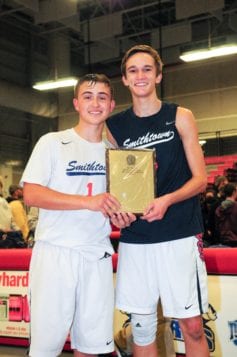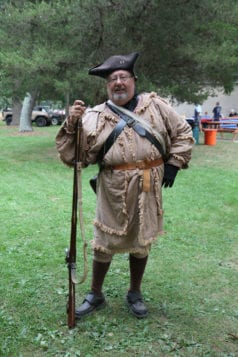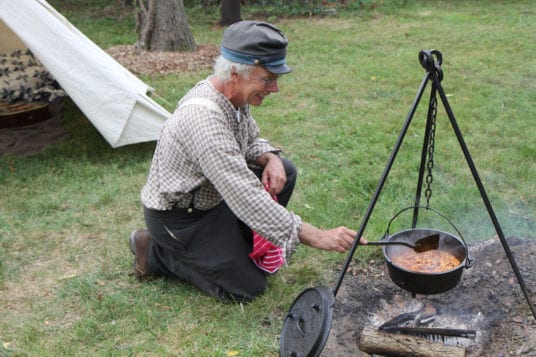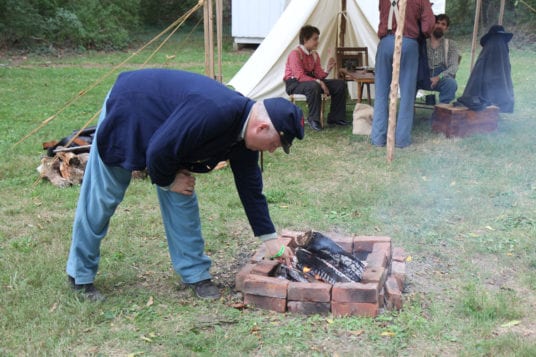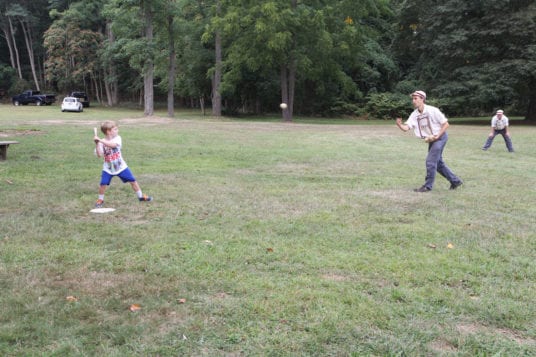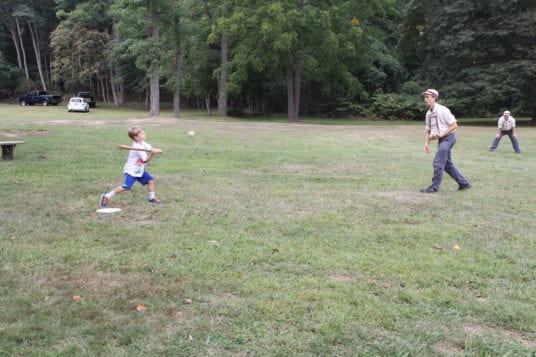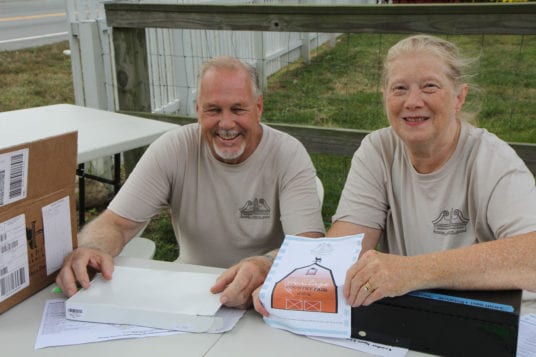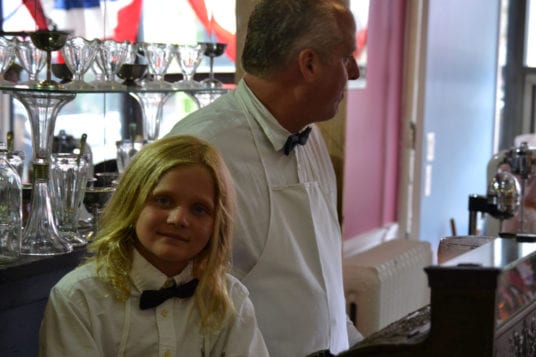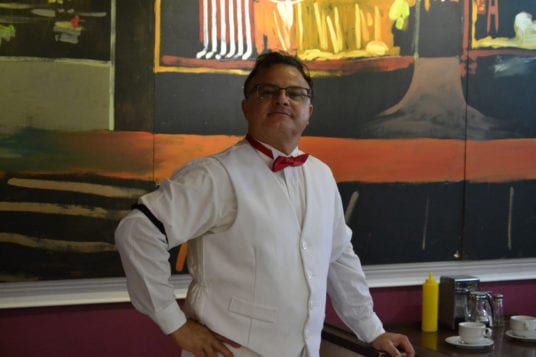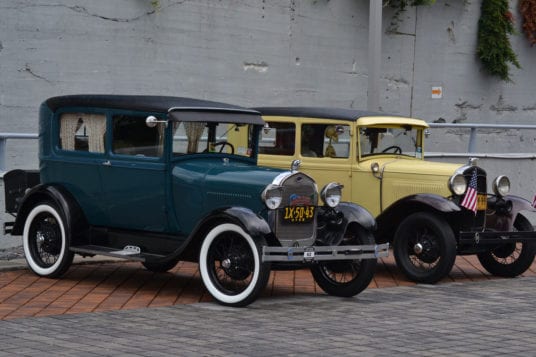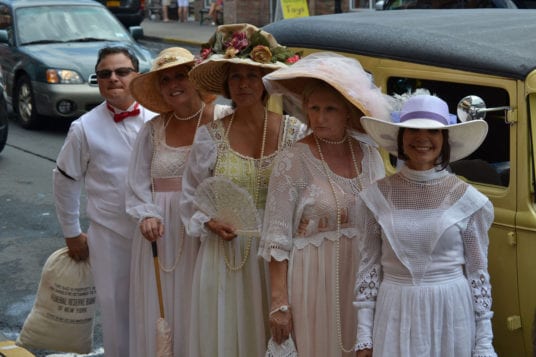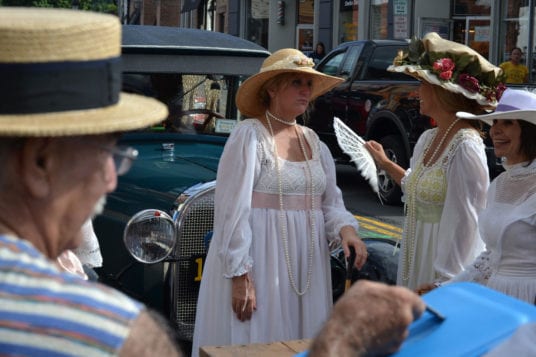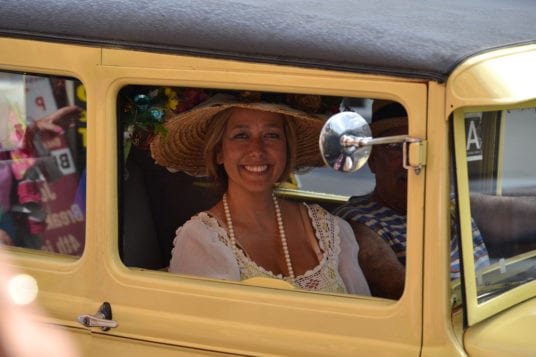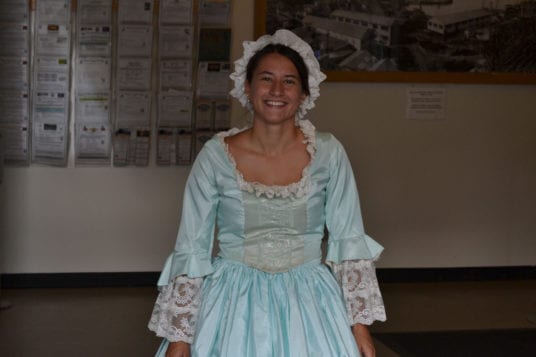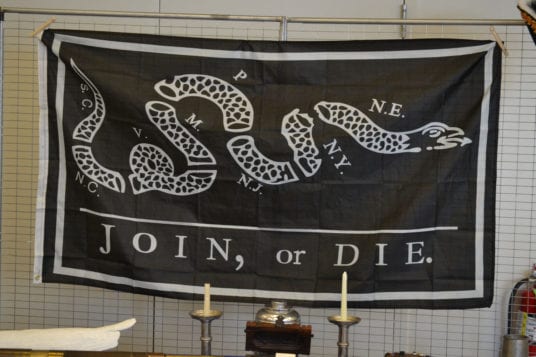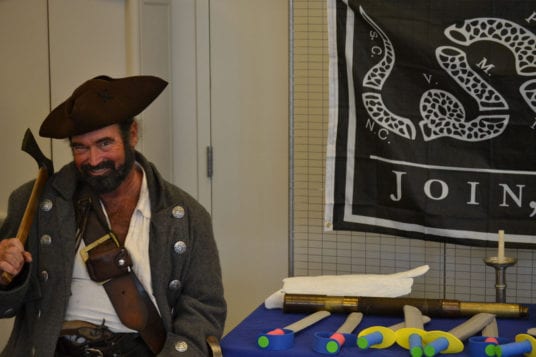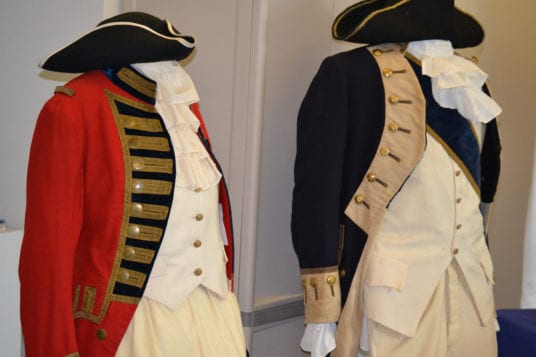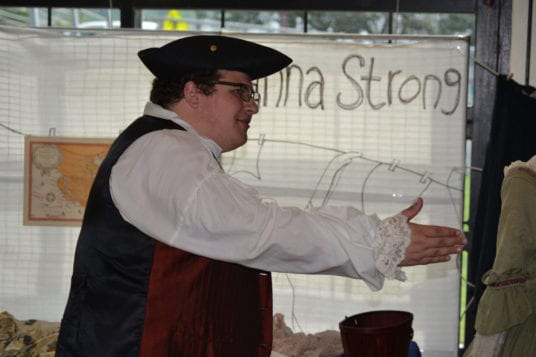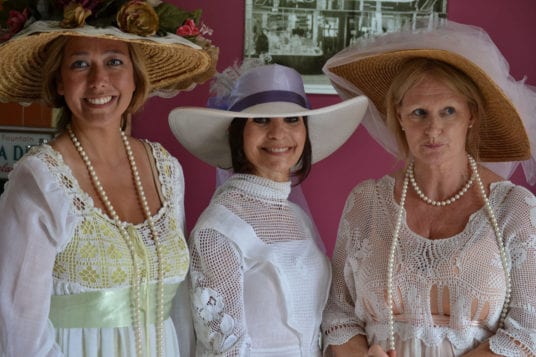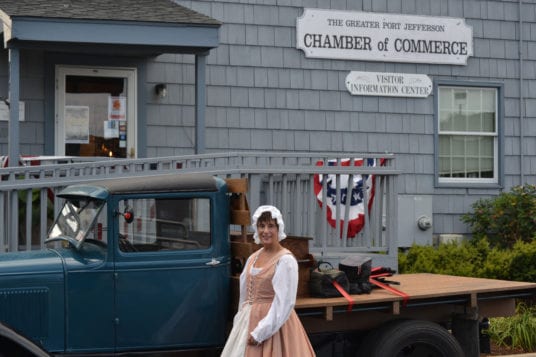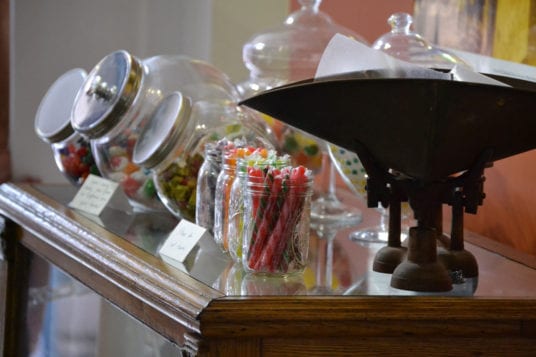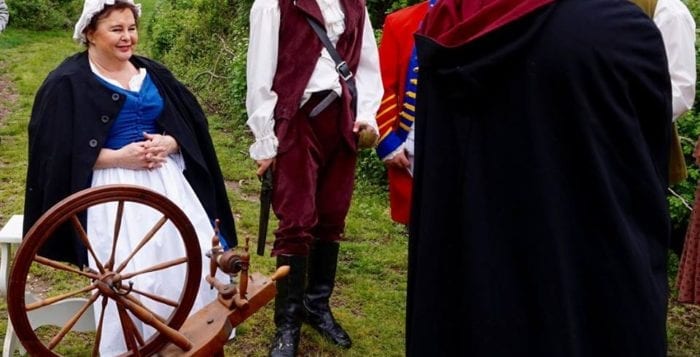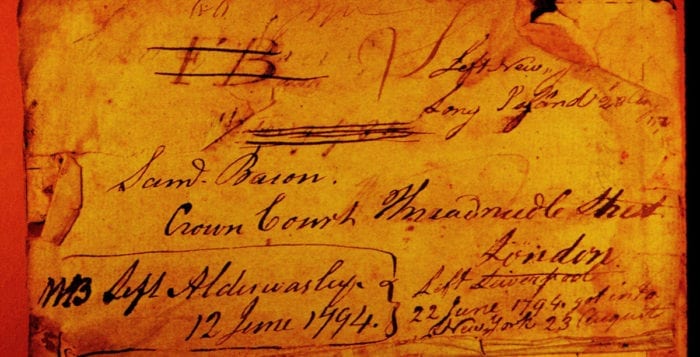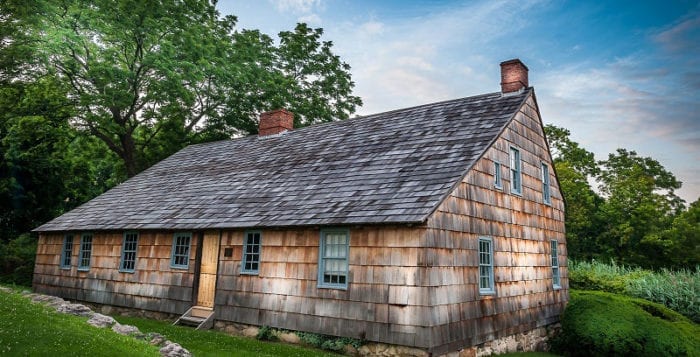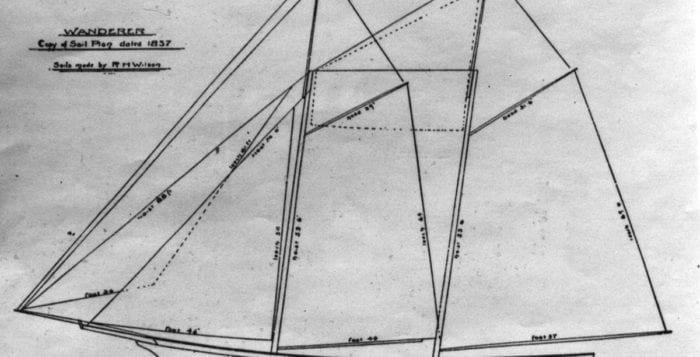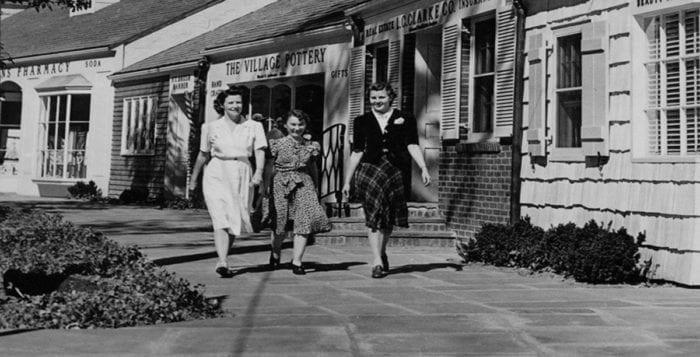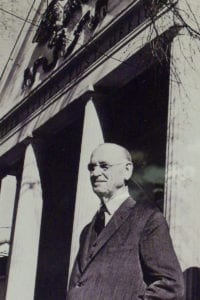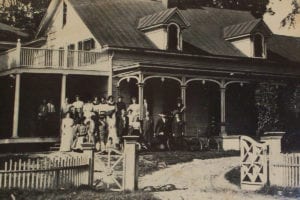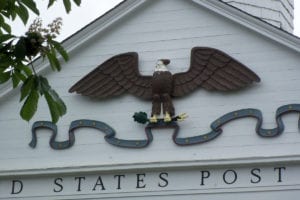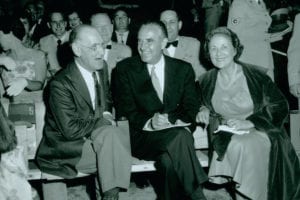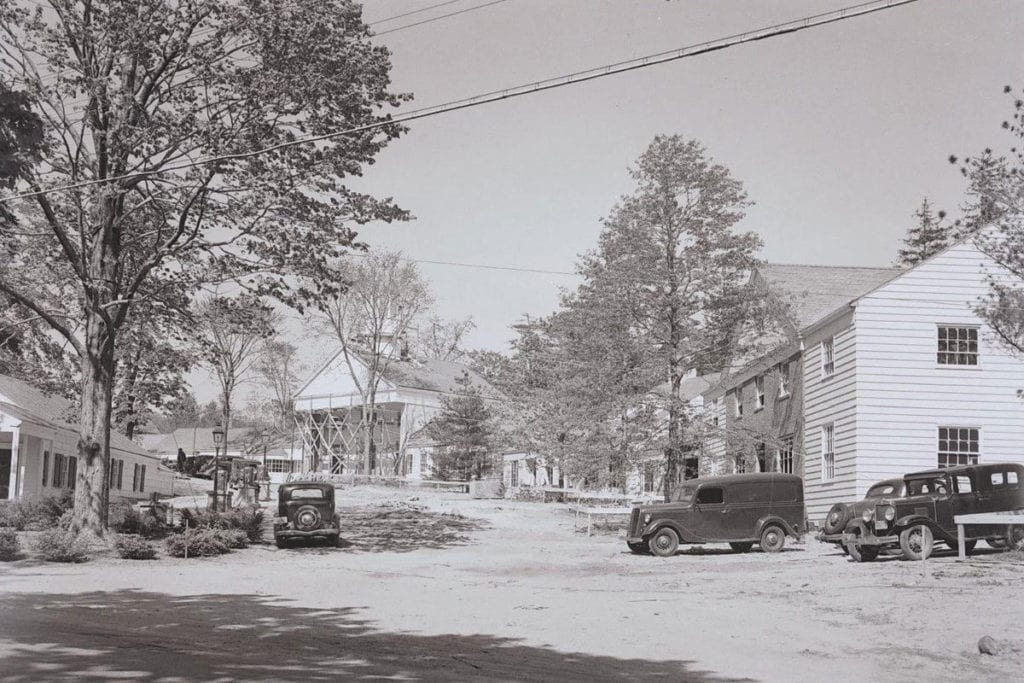By Bill Landon
Smithtown West did what to many was inconceivable.
The boys’ volleyball team claimed the program’s first Class A Long Island title Nov. 12 with a four-set win over Plainview JFK (16-2) 25-18, 25-23, 24-26 and 26-24.
Junior outside hitter Chris Shanley had 20 kills, junior outside hitter Kevin Kelleher added 16 kills and senior setter Tom Bernard had 42 assists to lead the Bulls to the championship at Suffolk County Community College’s Brentwood campus. Senior libero Jake Torres had 17 digs and senior middle blocker Tom Keller had five kills and four blocks.
To claim the team’s first Class A championship just three days prior, the No. 2 Bulls handed No. 1 Sachem North its first Long Island loss in 52 matches. In fact, Smithtown West swept its opponent, a two-time defending Suffolk champion, 28-16, 25-19 and 25-17 at Suffolk.
Again, Shanley led the way for the Bulls (14-2) with 15 kills.
He helped the Bulls not only tie the game twice, but give the team a one-point edge two times in the first set. He also put the team in the right state of mind to get the job done.
“We were getting the sets where they needed to be, we were getting kills and we distributed the ball well,” Shanley said, adding that he knew his team would have to play a mistake-free game in order to get the job done. “But I knew that they could come back with any mistake we made.”
Both teams scratched and clawed at the net as Sachem North (15-1) retook the lead, 23-22, and took the game to break point. But after Smithtown West called for a break in the action, the Bulls rallied back.
“We stayed composed and we played for every point until the game is over,” Kelleher said. “We’re a hard team — we push.”
Needing to win the set by two points, the Flaming Arrows brought the game to the brink, only to have Kelleher’s kill shot retie the game 26-26. The Bulls fought off back-to-back set points, and won it on a block by Keller, who had nine kills.
“Our defense was the strongest part of our game — we pride ourselves on being the best defensive team on the Island.”
—David DeRosa
“Winning that first game gave us the confidence that we can do it,” Smithtown West head coach Michael Legge said. “We had a little bit of doubt, but that win gave us the confidence to go get them.”
The momentum carried over to the second set. The Bulls jumped out to 6-2 lead, and stood on the gas to make it a 14-8 advantage. Both teams exchanged points, but the Bulls maintained the margin, staying out front, 18-12. The team showed its defensive strength, as Torres dug and dove all over the floor — making nine digs on the night — and got the ball out to Kelleher and junior right side hitter David DeRosa.
“Our defense was the strongest part of our game — we pride ourselves on being the best defensive team on the Island,” DeRosa said. “[Assistant] coach Andrew Sanchez preaches defense, and that’s how you win games — you get the ball up, you throw it back at them and let them make the mistake.”
Sachem North did just that, making an unforced error to fall behind 22-14, and after giving the Bulls a point on a service error, a Bulls kill brought the match to break point, prompting another timeout in the match. After a sustained volley, the game was decided at the net off a blocked shot, and Smithtown West took a two-set lead.
Even with its strong teamwork, Smithtown West got off to a slow start in the third, before tying the set 5-5. The Flaming Arrows answered with three straight points before Shanley, from service, rattled off three of his own to knot the score at 8-8. Sachem North committed two more unforced errors, and continued to struggle to find a rhythm at the Bulls bounced out to a 17-11 lead.
The thunder from Smithtown West’s side of the bleachers echoed off the gymnasium walls, as the excitement behind, and thought of a first-time championship-winning sweep loomed.
DeRosa put up a wall on the right side, blocking shot after shot — making five blocks to go along with four kills — to help his team to a 23-16 advantage.
Legge said DeRosa’s play set the tone for the Bulls’ defense.
“Dave with those blocks on the right side — he just killed it — he was one-on-one with a lot of them and usually that’s an advantage for the other team,” the coach said, adding that those blocks were a difference-maker. “But big boy was getting up, getting hands on it — he was awesome.”
The Flaming Arrows flamed out, gave up the next two points and the championship.
“They’re a great team — they have the ability to come back from any deficit, so it wasn’t until that last point that it became real,” DeRosa said. “I was very surprised that it went three games, but we were ready for a dogfight.”
Smithtown West will return to Suffolk County Community College’s Brentwood Nov. 19 to make its state tournament debut. Pool play begins at 10 a.m., and should the Bulls advance to the finals, the first set it scheduled to begin at 2 p.m.












